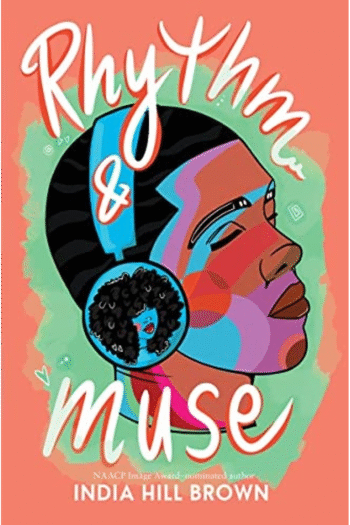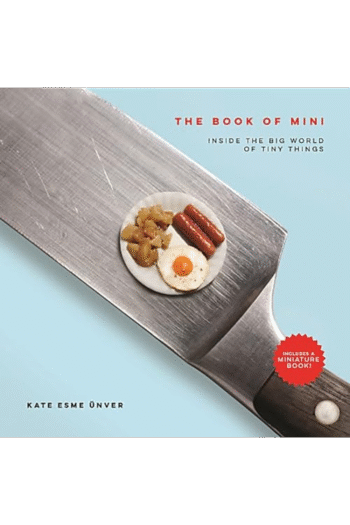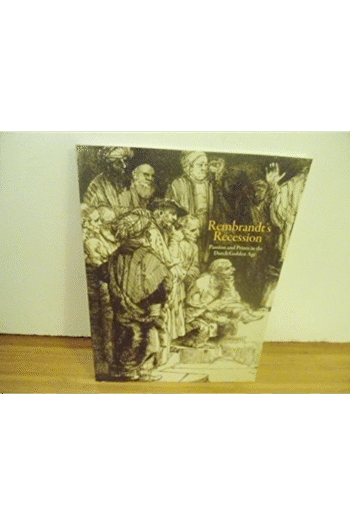**Discover the Boundary-Breaking Art of Wenda Gu: From Tradition to the Biological Age** Explore the compelling and often controversial world of Wenda Gu, a leading contemporary Chinese-American artist, in this comprehensive hardcover volume. Author Mark H.C. Bessire and other leading scholars offer deep insights into Gu’s art. Known for his large-scale installations and unconventional use of materials like human hair, Gu’s work explores themes of globalization, cultural identity, and the intersection of tradition and modernity. This book examines Gu’s most iconic project, the “United Nations” series, monumental installations constructed from hair collected from around the world. These poignant works serve as powerful symbols of unity and interconnectedness in an increasingly fragmented world. Delve into the artist’s unique approach to Chinese calligraphy and its influence on his modern art. Beyond the “United Nations” series, explore his other significant works, unveiling the full spectrum of his artistic vision. This edition features stunning visuals, plus exclusive writings from the artist and insightful essays, providing an unparalleled understanding of Gu’s artistic philosophy. Ideal for art enthusiasts, students, and anyone intrigued by the power of art to challenge and transform. Experience the provocative art of Wenda Gu!
Wenda Gu: Art from Middle Kingdom to Biological Millennium (The MIT Press)
19,38 $
In stock
The first visual and critical guide to the work of Wenda Gu, a major contemporary Chinese-American artist.
Wenda Gu is one of the leading contemporary Chinese artists of his generation. Known by some as the hair artist and remembered by others as the artist whose monumental installation was violently destroyed by a Russian artist at the infamous Interpol exhibition (Stockholm, 1996), he is part of the diaspora that has sent many Chinese artists to the West over the past twenty years. He has built his reputation on reinvigorating ancient Chinese symbols and practices–the seal, calligraphy, ink painting–with contemporary vision and meaning.Wenda Gu often uses genetic material–hair and blood–as his medium. His most ambitious, ongoing project, the United Nations series, consists of installations at sites around the world in which hair is used to create works of art emblematic of a future not ruled by racial or national boundaries. To mark the British handover of Hong Kong to China, for example, he created United Nations: Hong Kong Monument: The Historical Clash, which consisted of a Chinese flag made of Chinese hair, a Union Jack made of British hair, and hair cuttings from Hong Kong scattered on the floor. These united nations monuments have been installed so far in Australia, Canada, China, France, Great Britain, Holland, Hong Kong, Japan, Italy, Poland, Russia, South Africa, South Korea, Sweden, Taiwan, and the United States. Wenda Gu: Art from Middle Kingdom to Biological Millennium is the most comprehensive presentation of Wenda Gu1/2s work to date. Two generous sections of plates document the United Nations series and other projects, many of which are presented in the exhibition this book accompanies. The book also includes previously unpublished writings by Gu, an interview with the artist by David Cateforis, and essays by Mark Bessire, the co-curator of the exhibit, and Gao Minglu and Gan Xu, both leading authorities on the new Chinese avant-garde.
| Authors | |
|---|---|
| Binding | |
| Condition | |
| ISBN-10 | 0262025523 |
| ISBN-13 | 9780262025522 |
| Language | |
| Pages | 225 |
| Publisher | |
| Year published | |
| Weight | 1569 |
Related products
Rhythm & Muse
22,82 $West Highland White Terrier
19,80 $
- Additional information
- Currencies
- USD – United States dollar
- EUR – Euro
- GBP – Pound sterling
- CNY – Chinese yuan
- BRL – Brazilian real
- MXN – Mexican peso
- JPY – Japanese yen
- PHP – Philippine peso
- THB – Thai baht
- PLN – Polish złoty
- CAD – Canadian dollar
- MYR – Malaysian ringgit
- AUD – Australian dollar
- TWD – New Taiwan dollar
- CZK – Czech koruna
- SEK – Swedish krona
- HUF – Hungarian forint
- ILS – Israeli new shekel
- CHF – Swiss franc
- HKD – Hong Kong dollar
- DKK – Danish krone
- SGD – Singapore dollar
- NOK – Norwegian krone
- NZD – New Zealand dollar





